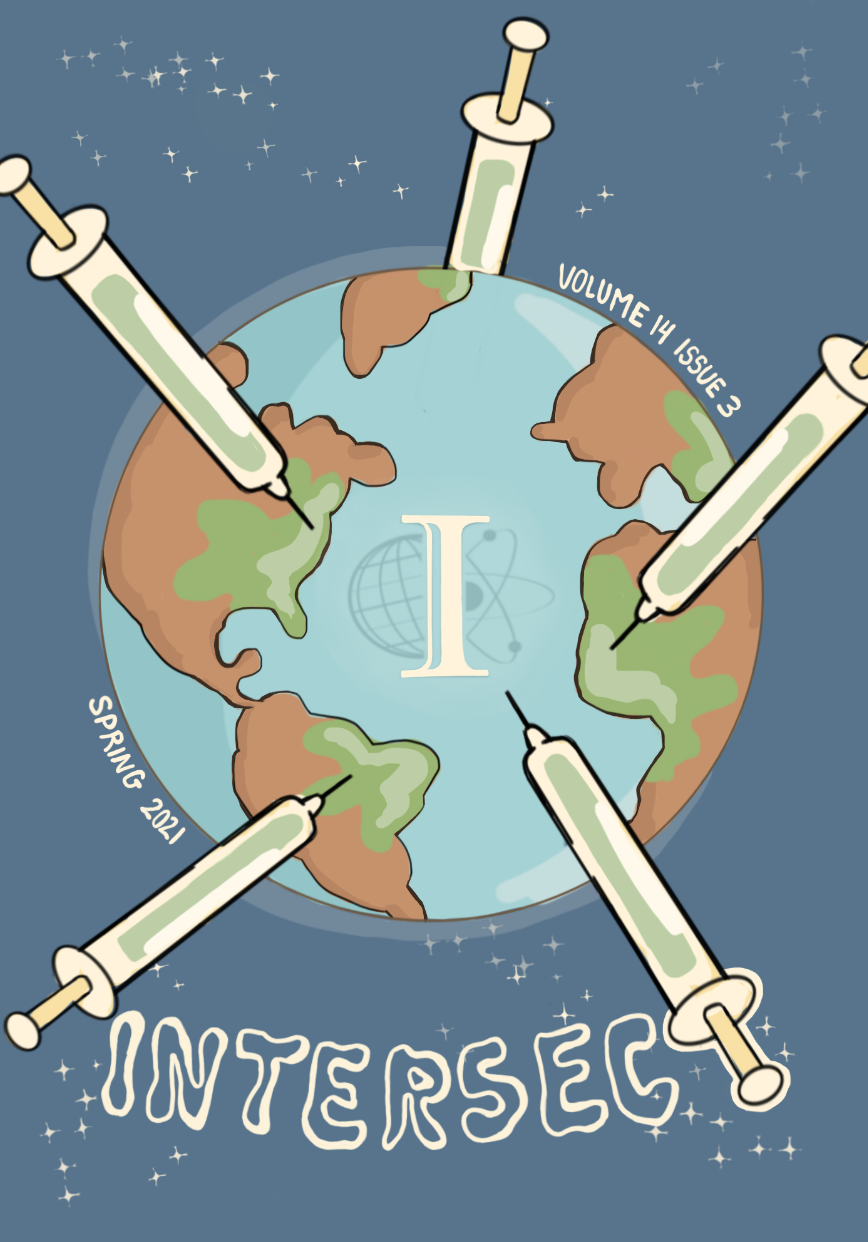Technology as a Lens for Investigating Social and Cultural Norms in Japan
Abstract
Today more than ever, technology is ubiquitous in our everyday lives, whether in public spaces or at home. While we tend to take our interactions with various mundane technologies for granted, they can reflect socio-cultural values, and in turn technology becomes a lens to investigate particular cultural contexts. In this research paper, using a qualitative approach, I investigate Japanese cultural mores and norms through individual narratives of interactions with mundane technology. In order to understand the role of technology in contributing to a certain perceived culture, I focused on three particular examples which emerged from my interviews: vending machines, air conditioners, and rice cookers. In doing so, I hope to demonstrate the reflective and conversational aspects of technology within socio-cultural contexts.
Downloads
Published
Issue
Section
License
Copyright (c) 2021 Intersect: The Stanford Journal of Science, Technology, and Society

This work is licensed under a Creative Commons Attribution-NonCommercial-NoDerivatives 4.0 International License.
Authors who publish with this journal agree to the following terms:- Authors retain copyright and grant the journal right of first publication with the work simultaneously licensed under a Creative Commons Attribution License that allows others to share the work with an acknowledgement of the work's authorship and initial publication in this journal.
- Authors are able to enter into separate, additional contractual arrangements for the non-exclusive distribution of the journal's published version of the work (e.g., post it to an institutional repository or publish it in a book), with an acknowledgement of its initial publication in this journal.
- Authors are permitted and encouraged to post their work online (e.g., in institutional repositories or on their website) prior to and during the submission process, as it can lead to productive exchanges, as well as earlier and greater citation of published work (See The Effect of Open Access).

